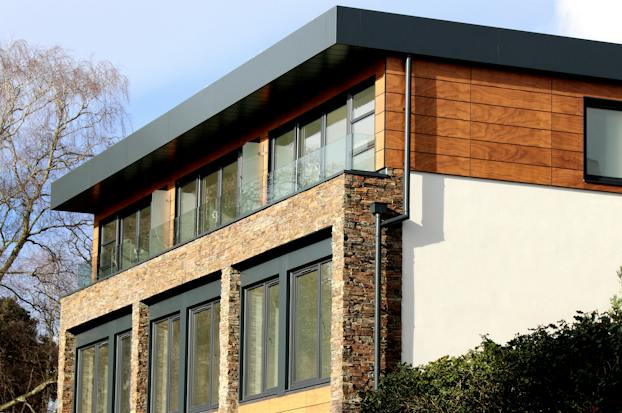Window cladding is a technique employed in building construction and renovation to enhance the appearance, durability, and energy efficiency of windows. It involves the application of external coverings or claddings to the window frames and surrounding areas, providing both aesthetic and functional benefits. In this article, we delve into the intricacies of window cladding, its various forms, and materials, and the advantages it offers to buildings and their occupants.
At its core, window cladding melbourne serves as a protective layer that shields window frames and sills from the elements, including rain, snow, wind, and UV radiation. By providing an additional barrier against moisture infiltration and weather damage, claddings help preserve the integrity of windows and extend their lifespan. This is particularly important for wooden window frames, which are susceptible to rot, decay, and warping when exposed to moisture over time.

Moreover, window cladding enhances the thermal performance of windows by providing an additional layer of insulation, thereby reducing heat loss in the winter and heat gain in the summer. Cladding materials with high thermal resistance properties, such as insulated panels or composite materials, help minimize energy transfer through windows, resulting in improved comfort and energy efficiency for building occupants. This can lead to reduced heating and cooling costs and contribute to overall energy savings for building owners.
One of the key benefits of window cladding is its ability to enhance the aesthetic appeal of buildings by adding depth, texture, and visual interest to the façade. Claddings come in a variety of styles, finishes, and colours, allowing for customization to suit the architectural style and design preferences of the building. Whether it’s sleek metal panels, rustic timber claddings, or modern composite materials, window claddings can complement the overall aesthetic theme of the building while providing a cohesive and polished look.
Furthermore, window cladding offers flexibility in design and application, allowing for creative expression and architectural innovation. Claddings can be installed in various configurations, including full-height panels, partial coverings, or decorative accents, depending on the desired effect and functional requirements. This versatility allows architects and designers to explore different cladding materials, textures, and patterns to achieve unique and striking visual effects that enhance the building’s character and identity.

In terms of materials, window claddings are available in a wide range of options to suit different aesthetic preferences, performance requirements, and budget considerations. Common materials used for cladding include metal, timber, vinyl, fibre cement, composite materials, and stone. Each material offers distinct benefits in terms of durability, weather resistance, maintenance, and aesthetics, allowing for customization to meet specific project needs.
Metal claddings, such as aluminium or steel panels, are prized for their durability, corrosion resistance, and modern aesthetic appeal. They are lightweight, easy to install, and offer a sleek, contemporary look that complements a wide range of architectural styles. Timber claddings, on the other hand, provide a warm, natural aesthetic and can be stained or painted to achieve the desired finish. Timber claddings require regular maintenance to protect against rot, insect damage, and weathering but offer timeless charm and character.





